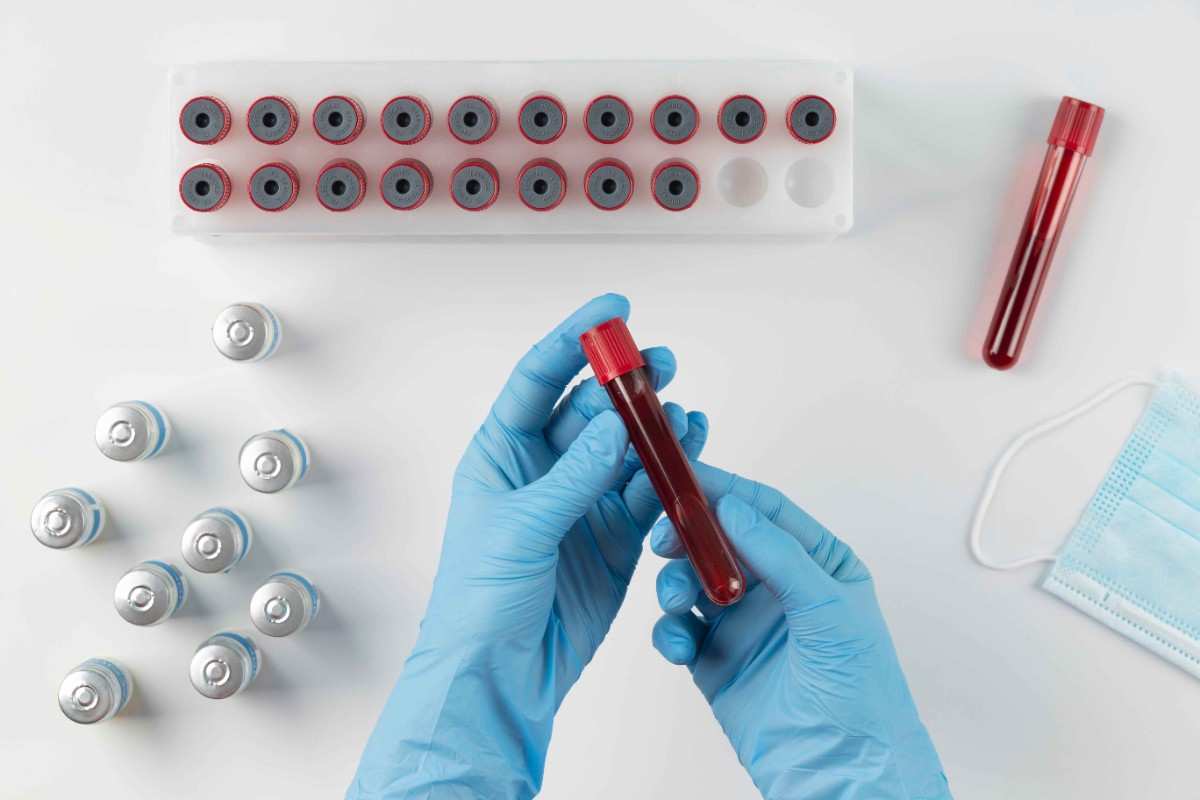Understanding Blood Culture – Indication & Interpretation
A blood culture is a diagnostic test used to detect the presence of bacteria or fungi in the blood. Since bloodstream infections can spread quickly and become life-threatening, this test plays a critical role in identifying the cause of infection and guiding proper treatment.
Why is Blood Culture Important?
When harmful microorganisms enter the bloodstream, they can cause a condition called septicemia, commonly known as blood poisoning. Blood culture tests help doctors detect these pathogens early and prescribe the correct antibiotics or antifungal medicines.
Indications for a Blood Culture Test
- High, persistent fever with chills or rigors
- Severe sepsis or suspected septic shock
- Unexplained low blood pressure
- Suspected infections in immunocompromised patients
- Monitoring response to antibiotic therapy
How the Test Works
A small amount of blood is drawn from a vein and placed into special culture bottles. These bottles are incubated in a laboratory, where experts monitor them for microbial growth. If microorganisms are detected, further testing (like antibiotic susceptibility) is done to identify the best treatment.
Interpreting the Results
Positive Result: Indicates that bacteria or fungi are present in the blood. The lab report will include the specific microorganism and its antibiotic sensitivity pattern.
Negative Result: Suggests no infection, but in some cases, repeat testing may be necessary if symptoms persist.
Conclusion
Blood culture is an essential tool for diagnosing life-threatening bloodstream infections. Timely testing and accurate interpretation help ensure patients receive the right treatment, improving recovery and reducing complications.

